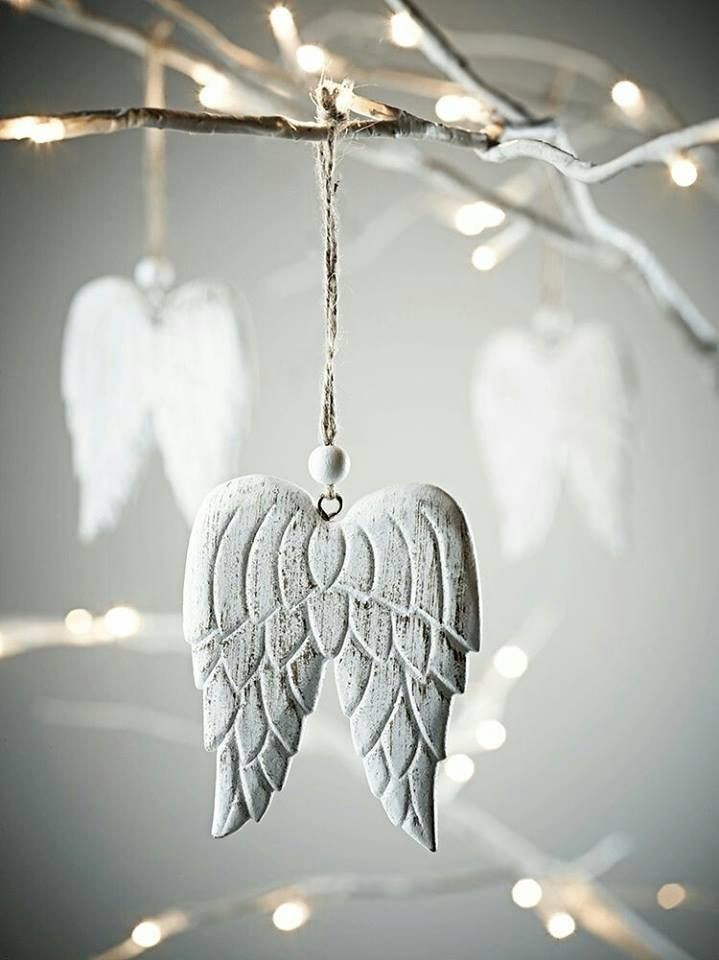The Kota Tribe: Guardians of Healing and Symbolism
- Koöko Fleurs
- Apr 11
- 3 min read

The Kota tribe, a significant community, embodies the essence of harmony between humanity, nature, and the spiritual realm. Found primarily in eastern Gabon and the Republic of Congo, the Kota people have cultivated a rich cultural heritage that resonates through their art, rituals, and daily practices. Their traditions are a testament to the belief that healing is not merely physical but a holistic journey encompassing the mind, body, and soul.
Healing Through Art and Rituals
For the Kota, art is not just an expression but a medium of healing. Their iconic reliquary guardian figures, known as "mbulu-ngulu", are stylized sculptures made from wood and adorned with brass or copper. These figures protect ancestral relics and channel spiritual energy believed to align the forces of nature and ancestors. Masks and sculptures play a central role in rituals aimed at invoking protective spirits and addressing ailments. With symbolic metals like copper signifying longevity and power, each artistic creation tells a story of interconnectedness and vitality.
The tribe's healers, called "Wisdom Keepers," incorporate these artifacts in holistic rituals that blend herbal medicine, chants, and dance. The rhythmic movements and resonant drumming, regarded as the "heartbeat of the ancestors," align individual energies with cosmic forces, fostering balance and well-being.
The Heartbeat of Kota Life
Healing in Kota culture transcends physical recovery, nurturing the spirit and reinforcing communal bonds. Central to their rituals are "bwete" reliquaries, cylindrical bark containers housing ancestral relics. These reliquaries, topped with wooden ancestor figures featuring diamond-shaped bases, play a vital role in fertility, hunting, and protection rituals. Reliquaries were showcased during ceremonies with feasting, dancing, and the making of protective medicines, symbolizing unity and shared purpose. Over time, however, these sacred objects were often abandoned as beliefs evolved.
Bwete, also known as Bwiti, is a spiritual and cultural practice originating from Gabon, primarily among the Mitsogho and Apindji peoples. It is deeply rooted in ancestral worship and serves as a bridge between the living and the spirit world. Central to Bwete rituals is the use of iboga, a sacred plant with psychoactive properties, which facilitates visions and spiritual enlightenment during initiation ceremonies. The practice encompasses art, music, and architecture, creating a holistic system that fosters community cohesion and spiritual growth. Bwete has evolved over time, influencing various ethnic groups and adapting to diverse cultural contexts while maintaining its profound spiritual significance.
Masks ("emboli"), used in initiation and anti-sorcery rituals, further highlight the Kota's artistry. These human-like masks, featuring a crest similar to a gorilla's sagittal crest, are worn during ceremonial dances that reaffirm life, resilience, and the interconnectedness of the individual with the collective.

Symbolism and Mythology: Stories That Heal
The Kota's art and rituals are steeped in mythology, with central motifs like the "Tree of Life" symbolizing growth, connection, and the cyclical nature of existence. Animal spirits, depicted in sculptures, embody virtues such as wisdom and guidance. The Kota's symbolic and artistic creations bridge the physical and spiritual, past and future, offering profound meaning to their healing practices.
Community and Connection: Healing as a Collective Act
Healing is a communal celebration for the Kota, uniting the tribe to amplify its effects. During ceremonies, communal energy reinforces bonds, reminding participants of the power of unity. Ritual dances and the use of reliquaries embody this shared strength, allowing the Kota to address crises and cultivate resilience.
Daily Objects with Healing Powers
Even everyday items, such as pots and bowls, are imbued with spiritual significance. Decorated with protective patterns, these objects reflect the Kota's belief in integrating spirituality into daily life.

Influence and Divergence
The Kota's culture has been shaped by interactions with neighboring tribes like the Lega and Kwele, enriching their artistic styles and practices. Despite external influences, the Kota have preserved their unique identity, ensuring their traditions remain a source of inspiration and healing.
Inspiration for Modern Times
The Kota's philosophy offers timeless lessons for modern life. Their emphasis on holistic healing, symbolism, and art inspires us to reconnect with our roots and seek balance. Their legacy reminds us that true healing transcends the physical, touching the essence of our being.











Comments